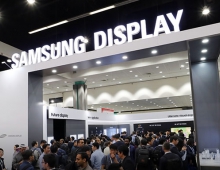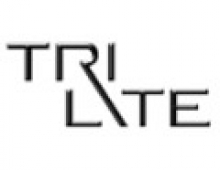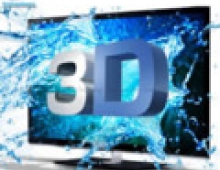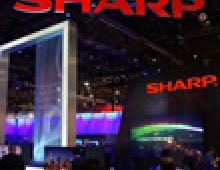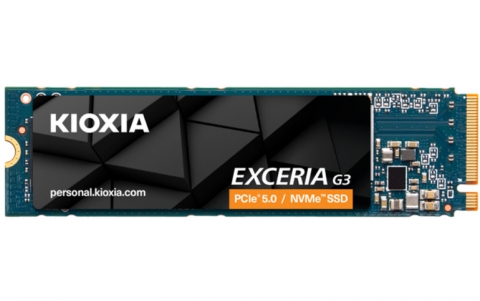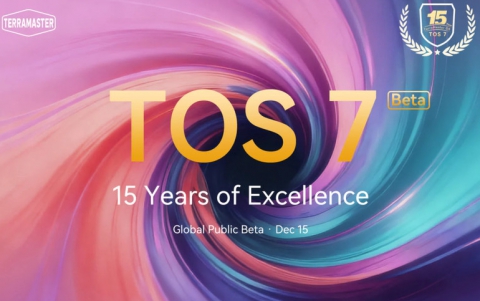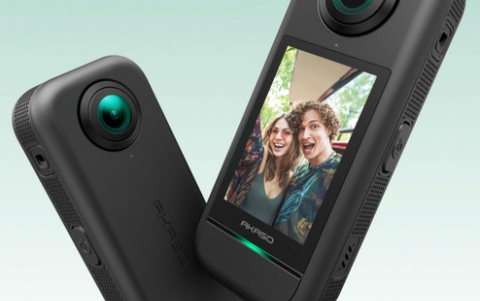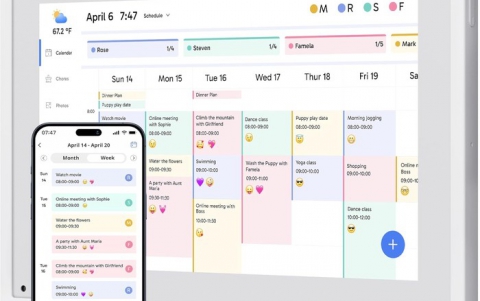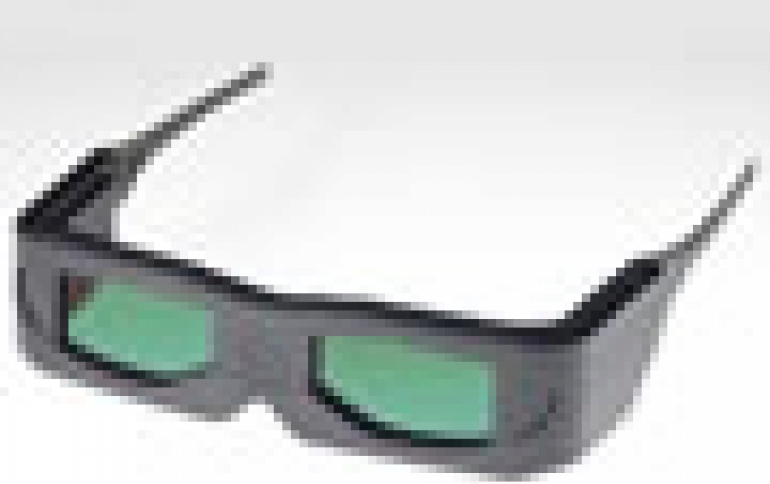
Toshiba Develops OCB Liquid Crystal Panel for 3D Glasses
Toshiba Mobile Display has developed an OCB (Optically Compensated Bend) liquid crystal display panel for 3D glasses suitable for watching 3D content.
In recent years, increasing demands for more realistic images has been the catalyst for 3D displays in various applications, such as movies, TV broadcasts, games, and mobile phones. As a result, the stereoscopic display market is expected to grow rapidly.
A 3D image is created by providing slightly different images to your left and right eyes. There are two methods of separating a picture into left and right images: one uses special glasses, and the other is without glasses, called auto-stereoscopy. The with-glasses approach is applied to movies and TV, and there are two primary methods: one uses polarizing filters, and the other is based on time division. This new LCD panel employs the latter time-based, with-glasses approach.
In the time-division with-glasses method, images for the left and right eyes appear alternately, with the special glasses working as a synchronous shutter. That is, when the left image appears, the left liquid crystal shutter opens while the right shutter closes. When the right image appears the right shutter opens while the left shutter closes. Repeating this operation at high speed allows the user to synthesize the left and right images in their brain and to recognize them as a 3D image.
If the right image is sensed by the left eye, or if the left image is sensed by the right eye, double vision occurs which is called 3D crosstalk. This phenomenon degrades the quality of the resulting image and causes eye fatigue.
In this new liquid crystal display panel, suitable for application in a pair of glasses, TMD has used OCB technology to achieve both high-speed response and a wide viewing angle while maintaining high contrast. Glasses adopting these panels feature high-speed shutter opening and closing, yielding a significant reduction in 3D crosstalk. In addition, the wide viewing angle provides 3D images across a wide field of view, such as in movie theaters and living rooms.
Toshiba America Electronics Components, Inc. will showcase this display at SID 2010 International Symposium, Seminar, and Exhibition, from May 25 to May 27, 2010, in Seattle, Washington, USA.
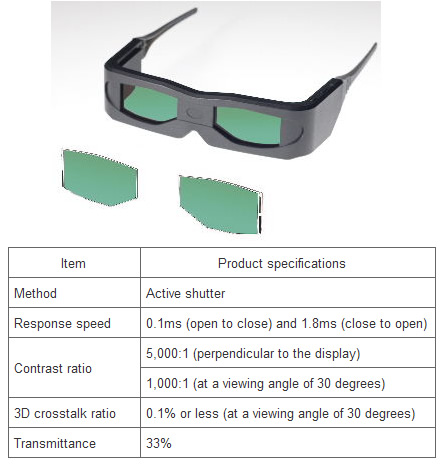
A 3D image is created by providing slightly different images to your left and right eyes. There are two methods of separating a picture into left and right images: one uses special glasses, and the other is without glasses, called auto-stereoscopy. The with-glasses approach is applied to movies and TV, and there are two primary methods: one uses polarizing filters, and the other is based on time division. This new LCD panel employs the latter time-based, with-glasses approach.
In the time-division with-glasses method, images for the left and right eyes appear alternately, with the special glasses working as a synchronous shutter. That is, when the left image appears, the left liquid crystal shutter opens while the right shutter closes. When the right image appears the right shutter opens while the left shutter closes. Repeating this operation at high speed allows the user to synthesize the left and right images in their brain and to recognize them as a 3D image.
If the right image is sensed by the left eye, or if the left image is sensed by the right eye, double vision occurs which is called 3D crosstalk. This phenomenon degrades the quality of the resulting image and causes eye fatigue.
In this new liquid crystal display panel, suitable for application in a pair of glasses, TMD has used OCB technology to achieve both high-speed response and a wide viewing angle while maintaining high contrast. Glasses adopting these panels feature high-speed shutter opening and closing, yielding a significant reduction in 3D crosstalk. In addition, the wide viewing angle provides 3D images across a wide field of view, such as in movie theaters and living rooms.
Toshiba America Electronics Components, Inc. will showcase this display at SID 2010 International Symposium, Seminar, and Exhibition, from May 25 to May 27, 2010, in Seattle, Washington, USA.



